12 Proven Ways To Kiss Keratosis Pilaris Goodbye For Good
Keratosis pilaris is a common skin condition characterized by tiny bumps that often appear on the thighs, cheeks, upper arms, and buttocks. These patches are typically dry and rough, and while they do not usually itch or sting, they can leave the skin feeling like sandpaper. The bumps, often light pink or light brown, are made up of dead skin cells and are generally considered a harmless skin variant. Dermatologists can easily diagnose keratosis pilaris through a visual examination. Although there is no cure or way to prevent this condition, its symptoms can be effectively managed with the right treatments. Many individuals find that the rough patches improve significantly or even disappear by the time they turn thirty. To help you manage keratosis pilaris more effectively, we’ve expanded our list to include twelve proven treatment options. From moisturizers and medicated creams to advanced dermatological procedures, these methods offer a comprehensive approach to smoother, healthier skin.
1. Chemical Peels
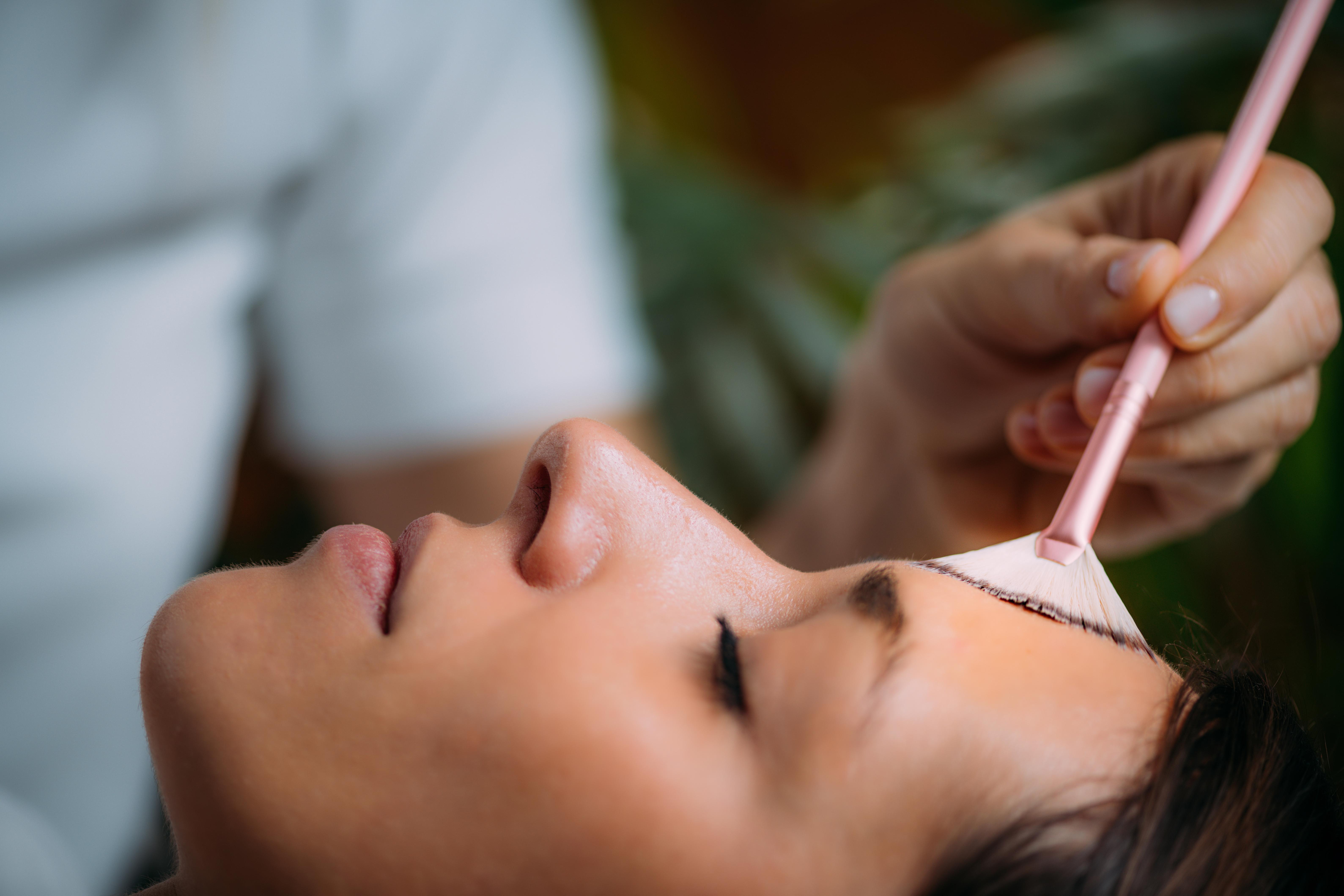
Chemical peels are topical treatments that remove the uppermost layer of skin. Depending on the patient's needs, a light, medium, or deep chemical peel may be appropriate. Most chemical peels are performed by dermatologists, plastic surgeons, or licensed estheticians. Acids such as phenol, alpha hydroxy acids, and trichloroacetic acid are some of the most regularly used ingredients in chemical peels. While lighter peels can be performed every two or three weeks, deep peels sometimes require months of recovery. Deep peels take an hour or more, and they may require the use of sedation. After a chemical peel, patients will notice their skin begins to redden, and it will slowly begin peeling off within three days of the procedure. The peeling process for light or medium peels is normally complete after two weeks. Patients with heart problems or keloid scars may not be ideal candidates for a chemical peel, and individuals considering any type of chemical peel should go over their medical history with a doctor to ensure a peel is appropriate for their condition.
2. Microdermabrasion
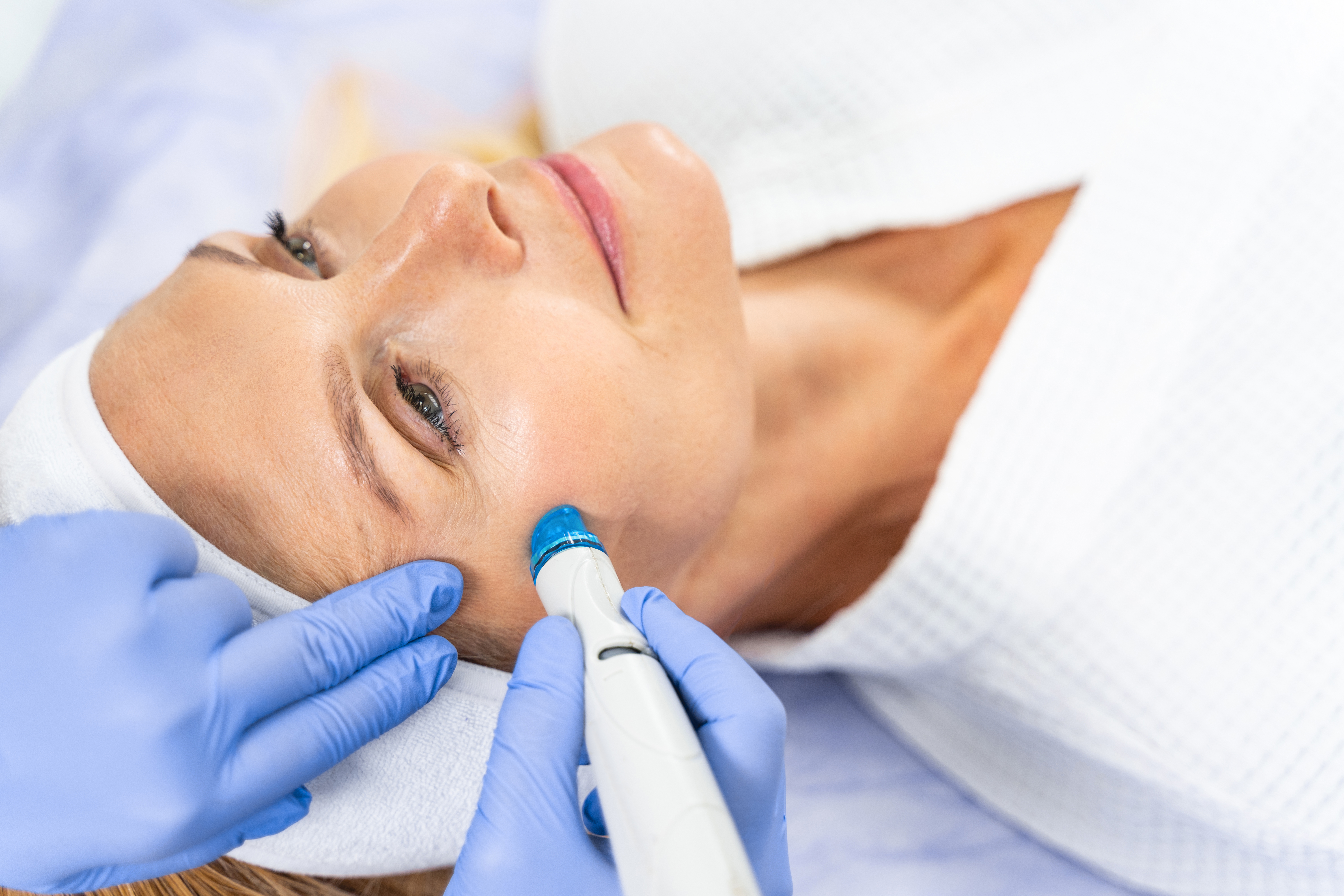
Microdermabrasion is a skin treatment that exfoliates and removes the very top layer of dead skin cells. The procedure typically takes about one hour to perform, and it is carried out by licensed dermatologists. Numbing agents and anesthesia are not needed for microdermabrasion. To start, the dermatologist will gently sand away the uppermost layer of skin. This is normally done with a handheld applicator such as a diamond-tip handpiece or a crystal-emitting handpiece. These devices instantly suction up the dead skin cells too. Some patients may be candidates for hydra dermabrasion, a newer method of microdermabrasion that simultaneously exfoliates and infuses the skin with moisturizing products. It is designed to maximize blood flow to the patient's skin and stimulate the production of collagen. When the procedure is finished, the provider will often apply both moisturizer and sunscreen to the treated areas. After having any type of microdermabrasion, patients could experience minor bruising, tenderness, swelling, or redness; all of these will generally resolve within a few hours. Patients can resume their normal activities immediately after the procedure.
3. Medicated Creams

Medicated creams may be appropriate for some keratosis pilaris patients. Creams containing alpha-hydroxy acids, salicylic acid, urea, or lactic acid will help gently loosen and remove skin cells, and they also moisturize the skin to make it softer. Depending on the strength of the acid, some creams with these ingredients are available over-the-counter, and others require a prescription. Patients who are unsure about which cream may be best for their condition should consult their doctor. Since the acids used in these medicated creams can cause burning sensations, redness, and irritation, doctors do not recommend their use on young children. Other medicated creams that could help in the treatment of keratosis pilaris contain retinoids, ingredients derived from vitamin A. Topical retinoids work by increasing cell turnover and helping to prevent clogged hair follicles. Tretinoin and tazarotene are examples of two commonly used retinoids. Skin dryness and irritation are some possible side effects of these treatments. Doctors advise that patients who are pregnant or nursing delay their use of retinoid creams or opt for another treatment.
4. Moisturize The Skin
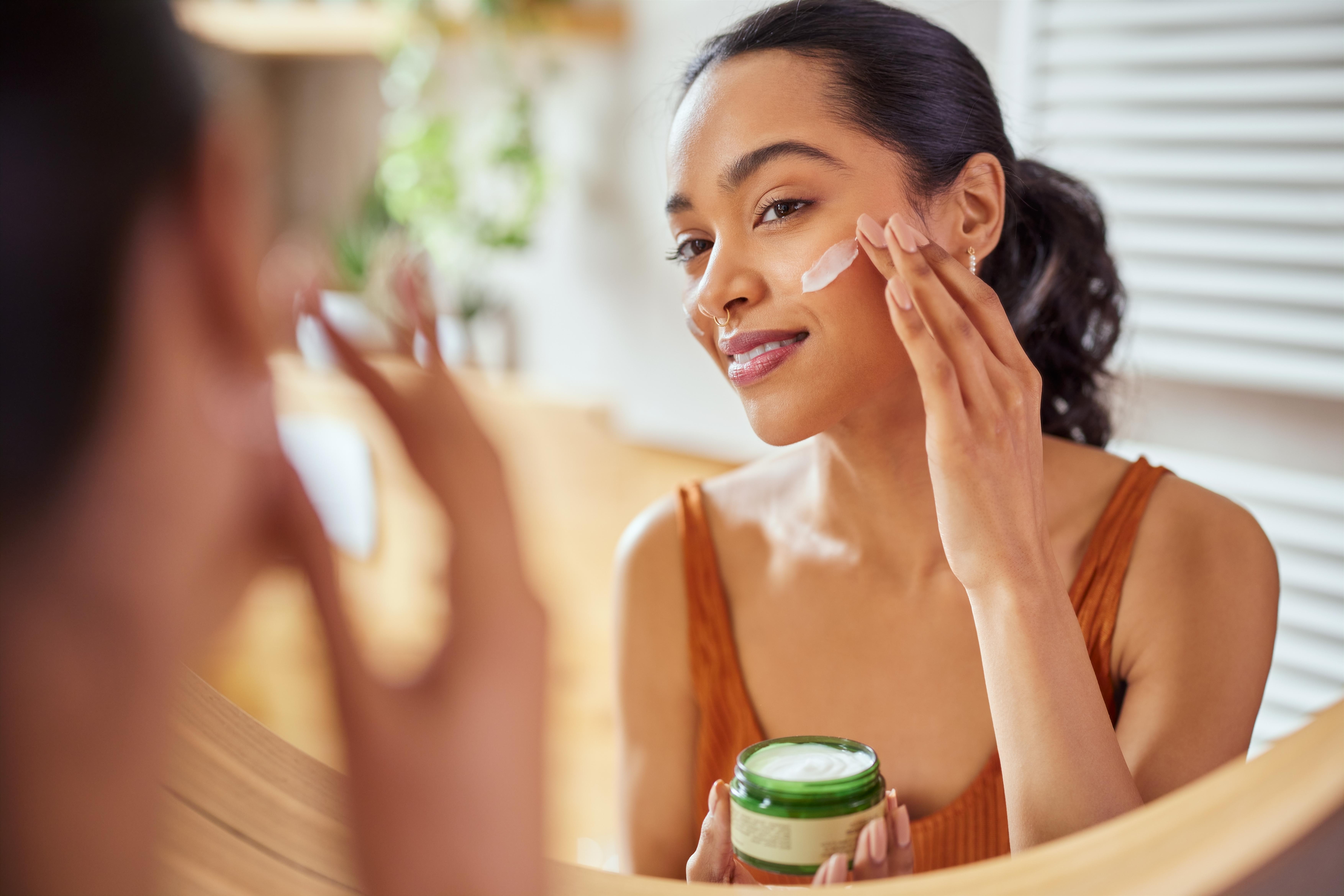
In addition to the treatment methods described above, patients are advised to moisturize their skin regularly at home. This can help soften the skin and reduce any dryness or irritation. Generally, patients need to moisturize at least once a day, and applying a moisturizer while the skin is damp from a bath or shower will help the product penetrate the skin more deeply. When choosing a moisturizer, patients might want to try several options before deciding which one is right for them, and some patients enjoy alternating between different moisturizers too. Coconut oil, shea butter, and rosehip oil are some of the moisturizing ingredients individuals may wish to consider. Selecting an organic moisturizer may be important to certain patients, and choosing products without parabens and sulfates is generally recommended, as these additives can dry the skin. Individuals trying a new moisturizer for the first time might want to perform a patch test by applying a thin layer of the cream to a small area of skin. After twenty-four hours, if no redness or irritation is present in the area, the moisturizer can be safely applied over larger areas.
5. Reduce Length Of Showers And Baths

Dermatologists routinely advise that patients with keratosis pilaris and other skin conditions reduce the length of showers and baths, especially ones involving hot water. The use of hot water for showers or baths is very drying for the skin, and soaking for an extended period in the bathtub is known to remove oils from the skin. Experts suggest patients limit their showers and baths to no more than ten minutes, and the use of warm or lukewarm water is advised in place of hot water. To reduce the potential drying effects of time in the water, patients could try adding small amounts of moisturizing bath oils to the bathwater.
6. Gentle Exfoliation
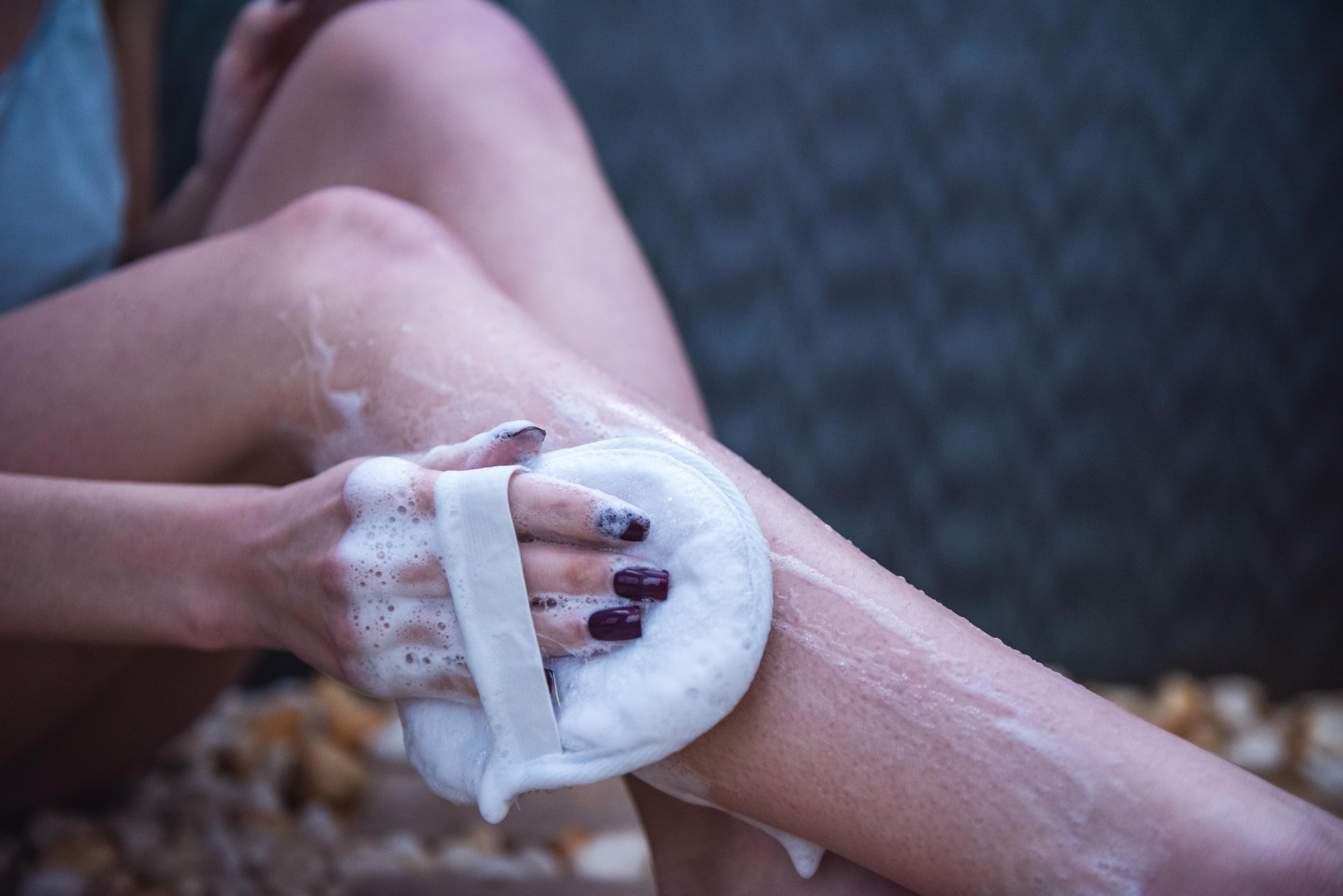
Exfoliation is a key step in managing keratosis pilaris, as it helps to remove dead skin cells that contribute to the rough, bumpy texture characteristic of the condition. Using a gentle exfoliant can smooth the skin without causing irritation or damage. Physical exfoliators such as soft washcloths, konjac sponges, or sugar scrubs are excellent choices, but it’s essential to avoid overly harsh or abrasive options, which can worsen redness and dryness. Exfoliation should be done two to three times a week to maintain soft, even skin. Combining exfoliation with a chemical exfoliant, such as those containing alpha-hydroxy or beta-hydroxy acids, can further enhance results by breaking down keratin buildup beneath the surface. After exfoliating, always apply a rich moisturizer to lock in hydration and promote skin repair. Over time, this consistent routine can significantly improve the appearance and texture of keratosis pilaris-affected skin.
7. Topical Corticosteroids
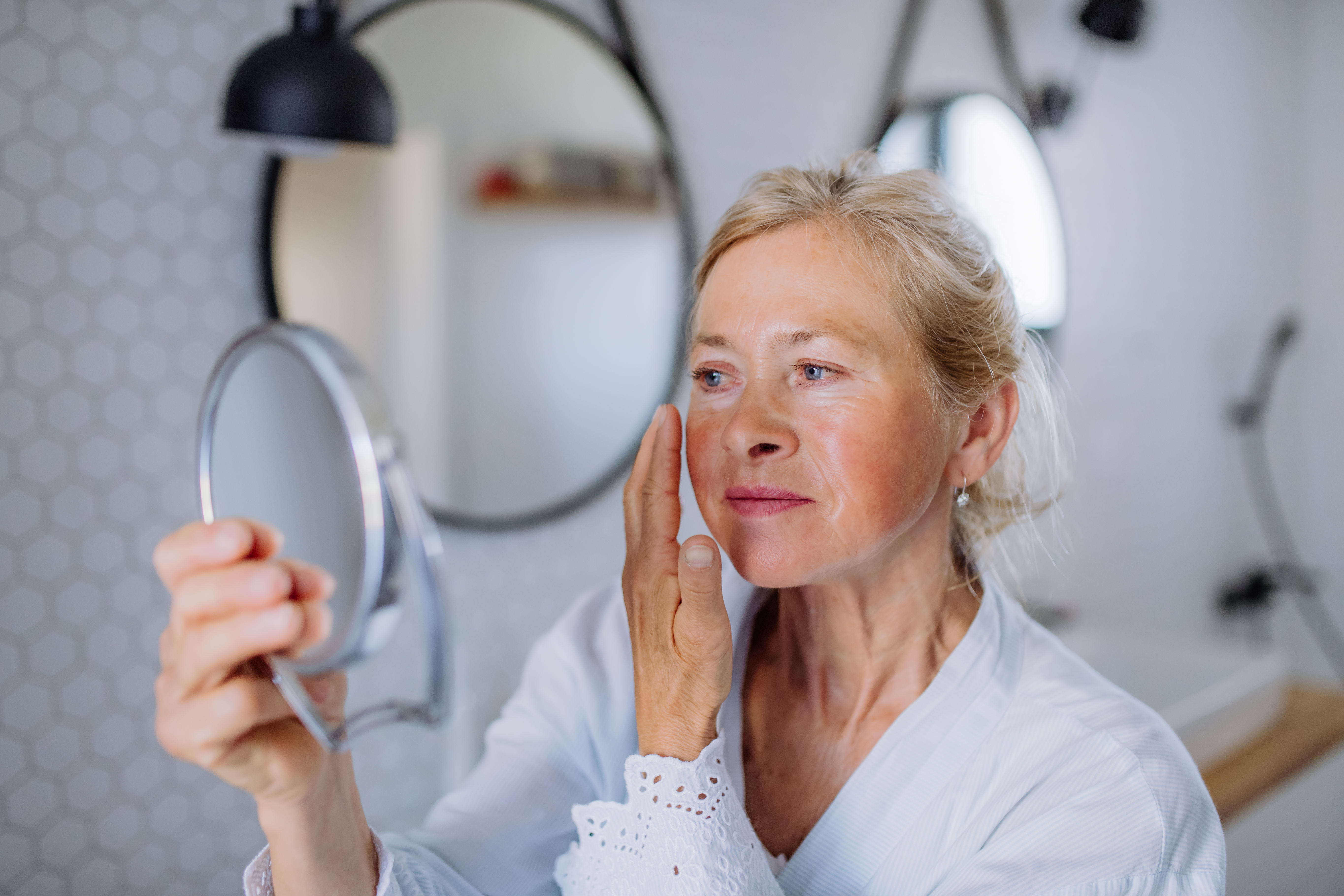
For keratosis pilaris patients experiencing redness, irritation, or inflammation, topical corticosteroids can provide effective relief. These medicated creams or ointments work by calming the skin and reducing swelling, allowing the affected areas to heal and appear smoother. Corticosteroids are typically available in varying strengths, with mild formulations often being sufficient for this condition. Dermatologists may prescribe low-potency corticosteroids for short-term use to minimize the risk of side effects, such as skin thinning or discoloration. Patients should apply a thin layer to the affected area once or twice daily as directed by their doctor. While corticosteroids are effective for managing symptoms, they are not a long-term solution for keratosis pilaris and should be used in conjunction with moisturizers and gentle exfoliation. Regular check-ins with a dermatologist are essential to ensure proper use and to monitor the skin’s response to treatment.
8. Laser Therapy
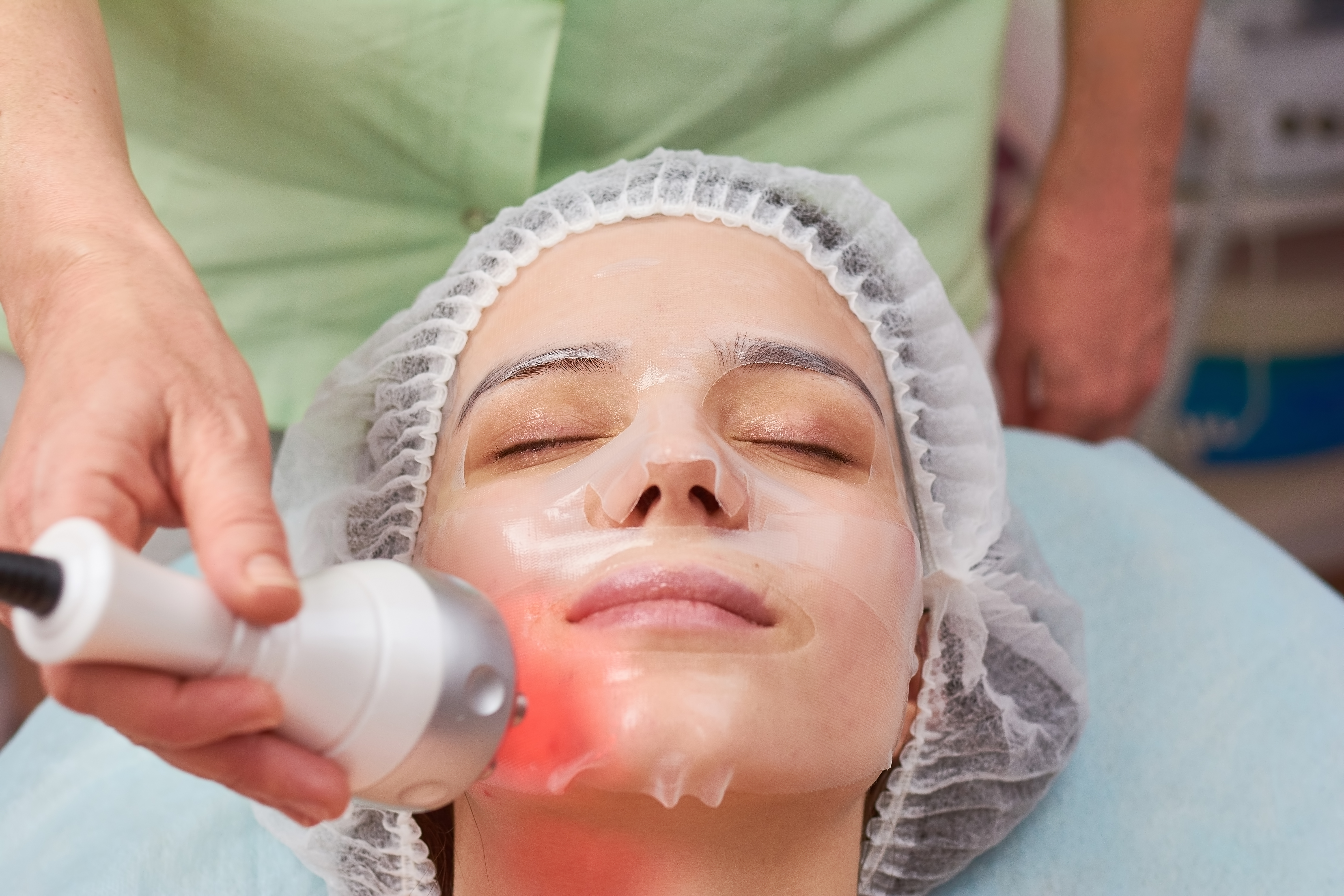
Laser therapy is an advanced treatment option for keratosis pilaris, particularly for patients who experience persistent redness or scarring. Dermatologists often use pulsed dye lasers or fractional lasers to target the excess keratin and inflammation responsible for the rough patches. Pulsed dye lasers focus on reducing redness by shrinking blood vessels under the skin, while fractional lasers help to smooth texture by stimulating collagen production and resurfacing the skin. Most patients require multiple sessions spaced several weeks apart to see significant improvement. Though laser therapy can be costly, it offers long-lasting results for those with moderate to severe cases. The treatment is non-invasive, and downtime is minimal, although patients may experience temporary redness or swelling following each session. Consulting a dermatologist is essential to determine if laser therapy is appropriate and to discuss any potential risks or side effects.
9. Omega-3 Fatty Acid Supplements

Incorporating omega-3 fatty acids into your daily routine can significantly improve skin health and manage keratosis pilaris. These essential fatty acids are known for their anti-inflammatory properties, which can reduce redness and irritation associated with the condition. Omega-3 supplements, such as fish oil, flaxseed oil, or algae-based alternatives, work from within to hydrate the skin and strengthen its natural barrier. Taking supplements consistently can lead to noticeable improvements in skin texture and appearance over time. In addition to supplements, omega-3-rich foods like salmon, mackerel, walnuts, and chia seeds can provide similar benefits. These foods nourish the skin while promoting overall health, making them an excellent addition to a balanced diet. For individuals with dietary restrictions or allergies, plant-based omega-3 options are also available. As always, consult a healthcare professional before starting a new supplement regimen to ensure safety and proper dosage.
10. Humidifiers
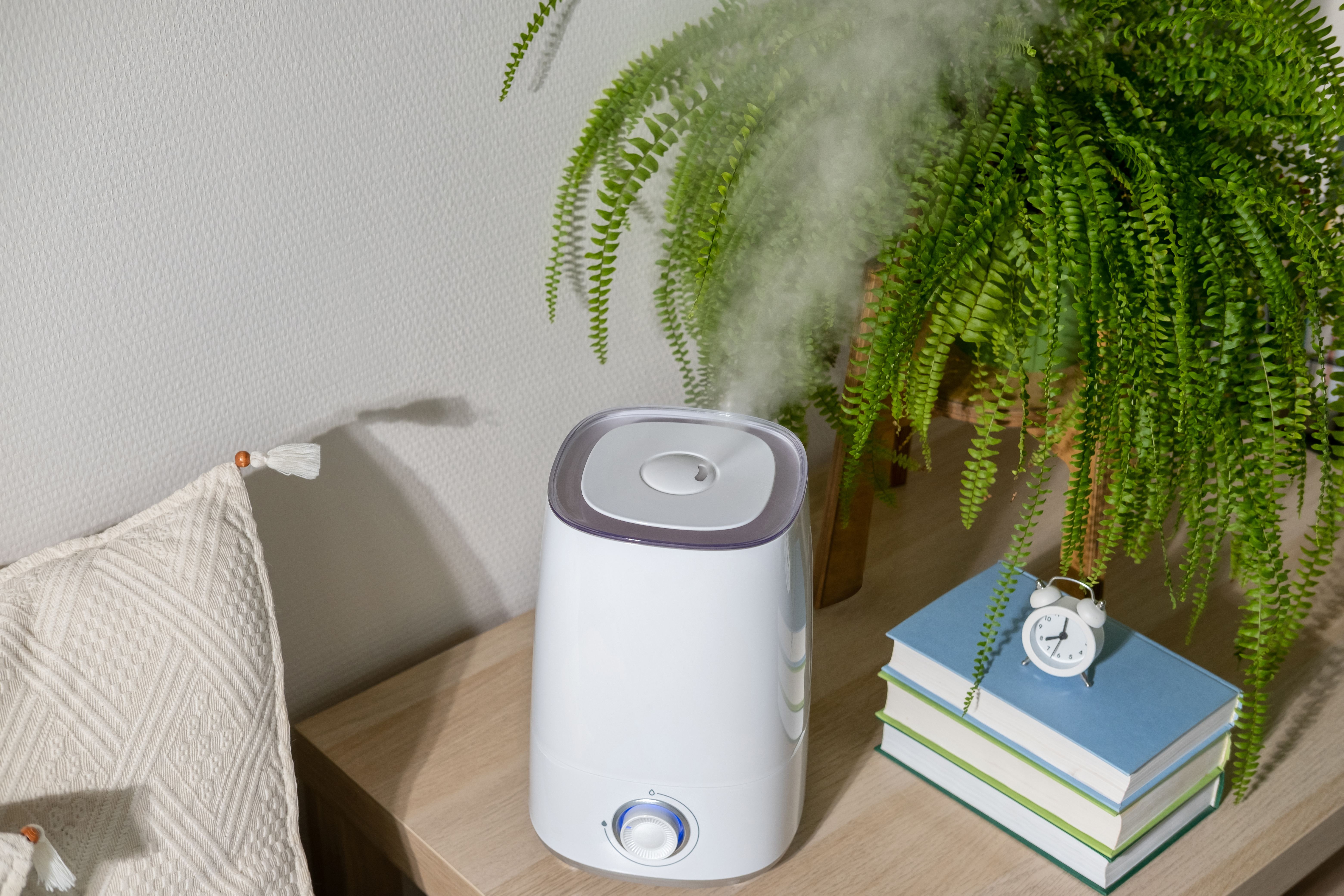
Dry air, especially during winter or in arid climates, can exacerbate the dryness and rough texture associated with keratosis pilaris. Using a humidifier is an easy and effective way to add moisture back into the air and maintain optimal skin hydration. By keeping the air in your home at a comfortable humidity level (between 40-60%), a humidifier helps prevent your skin from becoming overly dry and flaky. This can reduce the appearance of rough patches and make the skin feel softer and more supple. Portable humidifiers are ideal for bedrooms and offices, while whole-house humidifiers can provide consistent moisture throughout your living space. For best results, use a humidifier in combination with regular moisturizing to lock hydration into the skin. Cleaning the device regularly is crucial to prevent the growth of mold or bacteria, ensuring that the air remains clean and beneficial for your skin.
11. Colloidal Oatmeal Baths
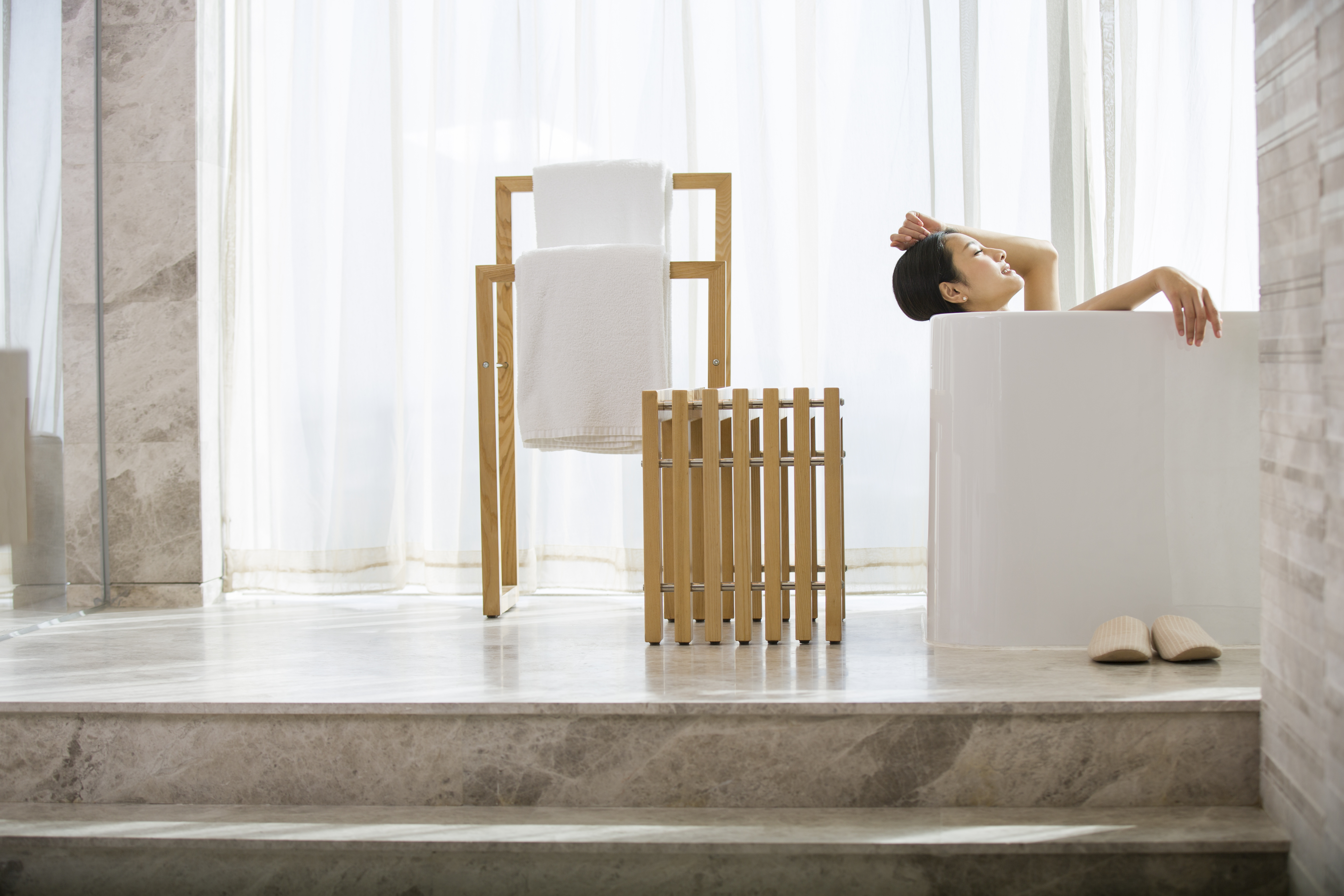
Colloidal oatmeal baths are a soothing and effective treatment for keratosis pilaris, particularly for individuals experiencing itchiness or irritation. Colloidal oatmeal, made by finely grinding oat kernels, contains natural anti-inflammatory compounds that calm redness and hydrate dry, rough skin. To prepare a bath, mix one to two cups of colloidal oatmeal into warm (not hot) water, stirring until the water becomes milky. Soak for 10-15 minutes, allowing the oatmeal to penetrate and nourish your skin. After bathing, gently pat your skin dry with a soft towel and immediately apply a rich moisturizer to lock in hydration. Regular use of oatmeal baths can improve the skin’s texture and overall appearance. This treatment is especially beneficial for sensitive skin types, as colloidal oatmeal is gentle and free from harsh chemicals. Many over-the-counter products, including lotions and soaps, also feature colloidal oatmeal as a key ingredient for ongoing skin support.
12. Avoiding Harsh Soaps
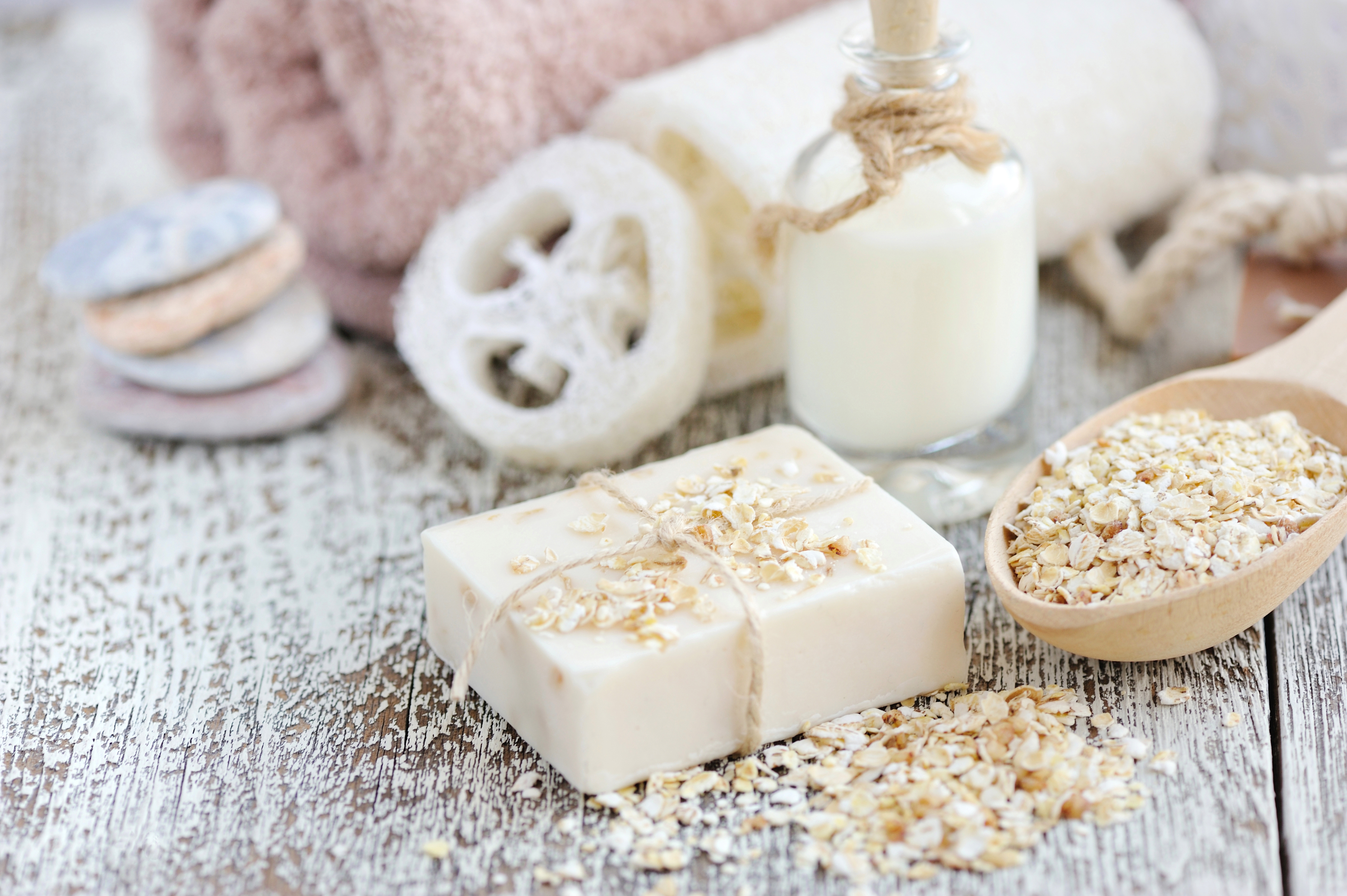
Switching to gentle, fragrance-free cleansers is an essential step in managing keratosis pilaris. Traditional soaps often contain harsh detergents, sulfates, or synthetic fragrances that strip the skin of its natural oils, leading to increased dryness and irritation. Opt for cleansers labeled "hypoallergenic," "non-comedogenic," or "designed for sensitive skin," as these are formulated to cleanse without compromising the skin’s barrier. Ingredients like glycerin, ceramides, and aloe vera can provide hydration and soothing benefits during cleansing. For added moisture, look for creamy or oil-based cleansers rather than foaming ones, which can be more drying. When washing, use lukewarm water and avoid scrubbing the skin too vigorously. This gentle approach preserves the skin’s natural oils, helping to reduce the rough texture of keratosis pilaris. Regular use of mild cleansers, combined with moisturizing, can significantly improve skin health over time.
Achieve Smoother, Healthier Skin
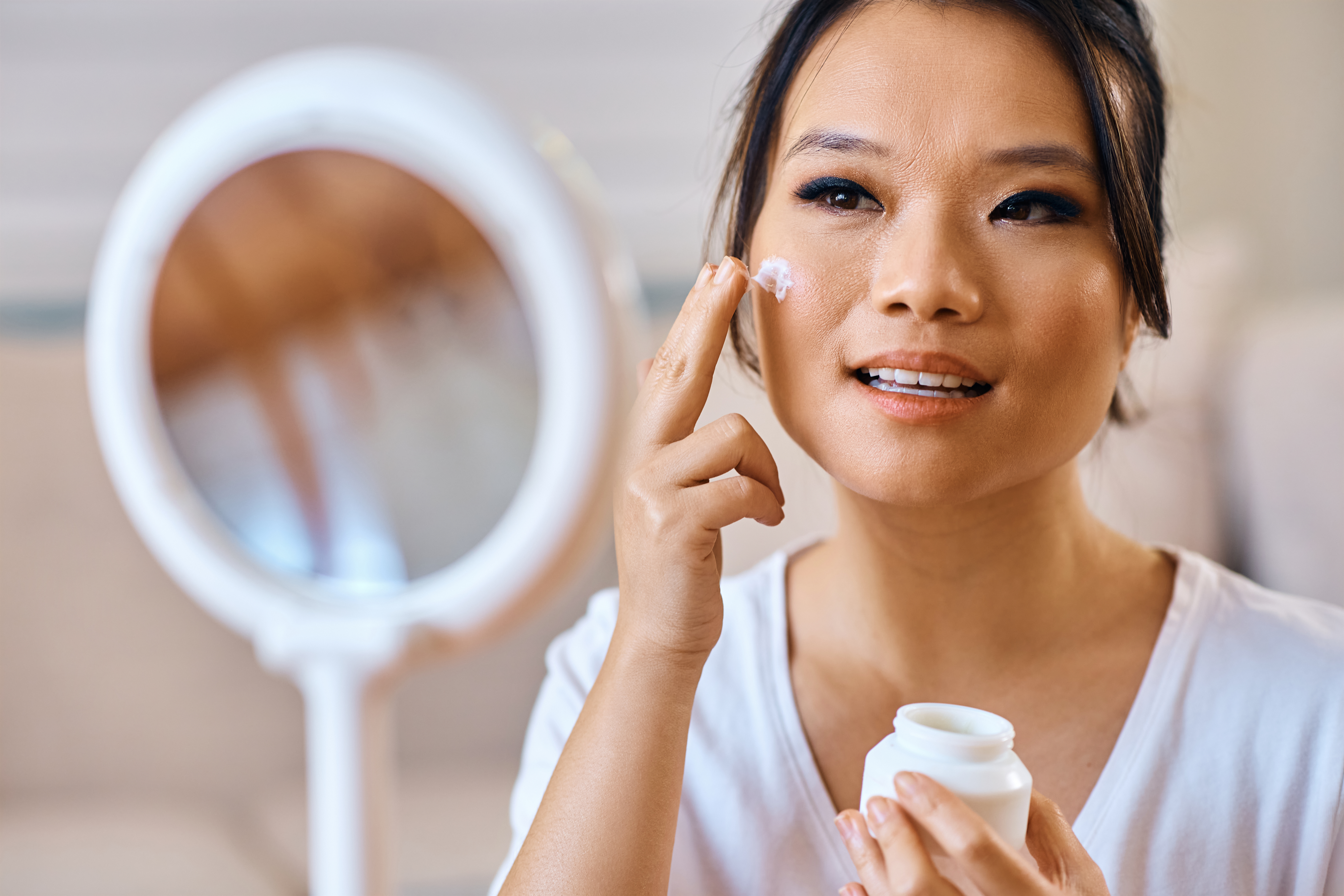
While keratosis pilaris may not have a permanent cure, it is a manageable condition with the right care and treatment. From everyday remedies like moisturizing and gentle exfoliation to advanced options such as laser therapy and medicated creams, the 12 treatments we've explored provide a comprehensive toolkit to help improve your skin’s texture and appearance. Consistency and patience are key, as results often take time to become noticeable. By understanding your skin's needs and consulting with a dermatologist when necessary, you can tailor an effective approach that works for you. Remember, keratosis pilaris is a harmless and common condition, and with the variety of options available, you’re well-equipped to smooth those rough patches and feel more confident in your skin. Take the first step today and explore these treatments to uncover your path to healthier, softer skin.
